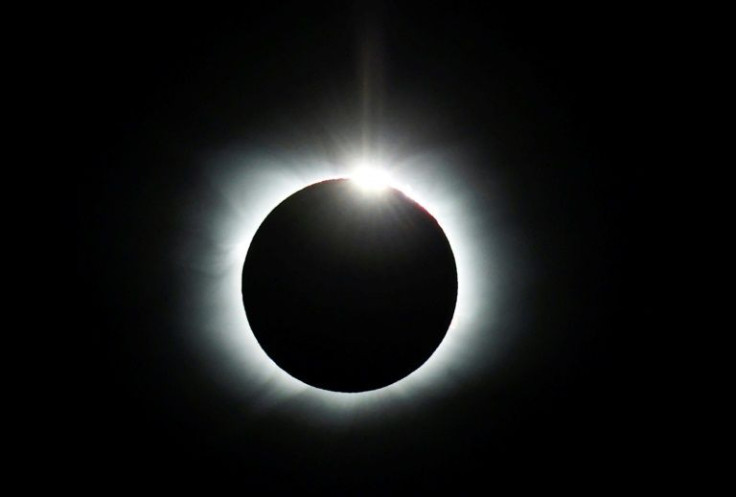Last Solar Eclipse Of 2022 Falls Tuesday: Here's Everything You Need To Know
KEY POINTS
- The eclipse will be visible from Europe and parts of Africa and Asia
- There will be a live broadcast of the solar eclipse on multiple channels
- The next solar eclipse will be on April 20, 2023
Tuesday will mark the last solar eclipse of the year 2022. This is a guide to everything you need to know about this partial solar eclipse.
This is the second and the last solar eclipse of the year, with the solar eclipse on April 30 being the first one. Millions of sky watchers will be able to witness the event if their geographical location falls in the visibility path.
The solar eclipse Tuesday will be visible from Europe and parts of Africa and Asia. For those living outside of these places, fret not, there will be a live broadcast of the solar eclipse on multiple channels.
Concerning the exact time of the October eclipse, it will vary depending on where one lives on the globe. The eclipse will start in the Atlantic Ocean at 08:58:20 Universal Time (GMT) or 4:58 a.m. EDT. It will end at 9:01 a.m. EDT (1301 GMT) with the eclipse peaking at 7 a.m. EDT (1100:09 GMT).
For those who live outside the visibility range, timeanddate.com will webcast the astronomical event live at 4:30 a.m. EDT (0830 GMT), and will cover the entire occurrence. Other avenues for watching the event include a webcast by The Ceccano, Italy-based Virtual Telescope Project at 5 a.m. EDT (0900 GMT) and live commentary from expert astronomers beginning at 5:05 a.m. EDT (0905 GMT) by the Royal Observatory Greenwich.
For people in Europe and parts of Africa, the Middle East, and Asia, the Sun will be shrouded by the moon at different levels of obscurity on account of its proximity to the central path of the eclipse. For context, Russia will see the solar eclipse with 80% of the Sun hidden, while China will view the solar eclipse with 70% of the Sun covered. People in Norway and Finland will be able to watch only 63% and 62% of the partial solar eclipse, respectively.
A word to the wise: do not look directly at the Sun during a solar eclipse without protective eyewear. Doing so can lead to blindness and other forms of permanent eye damage.
For eager sky watchers, the safest option is to look at the eclipse indirectly through a pinhole camera on an external surface. Another way is to get your hands on eclipse glasses that are ISO-certified. These glasses are approved by the International Organization for Standardization as safe for solar observing and do not let more than 0.00032% of the Sun's light pass through their light filters.
A solar eclipse occurs when the moon comes in between the Sun and the Earth. The "new moon" phase of the moon is the one that is present during all solar eclipses. However, the moon is tilted at an angle of five degrees in its orbit around the Earth, which is why the moon does not always align with the Earth. This explains why we do not experience a solar eclipse every month.
The next solar eclipse will be on April 20, 2023, and it will be a hybrid solar eclipse.
Another astronomical event, the lunar eclipse, will take place on Nov. 8 this year.

© Copyright IBTimes 2025. All rights reserved.





















